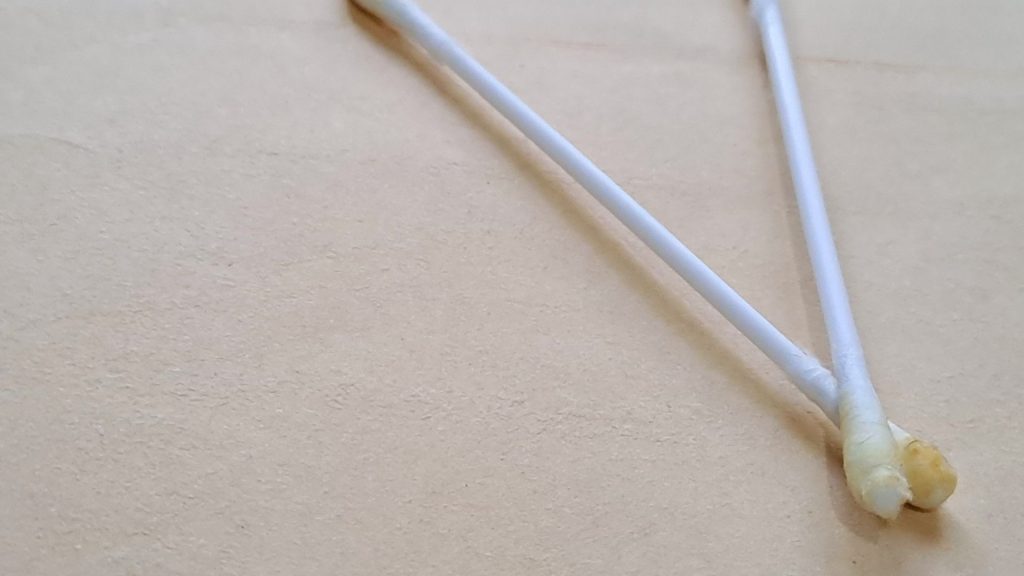New Parkinson’s test using earwax and AI could be key to early detection

Chinese researchers have developed a test that analyzes earwax to detect Parkinson’s disease with 94.4% accuracy. Researchers published the findings in ACS Publications’ “Analytical Chemistry,” where they described developing a low-cost screening method for Parkinson’s using odors from an individual’s earwax.
The study
Researchers were able to identify four specific chemical compounds produced by secretions within the ear canal. Through these compounds, scientists were able to distinguish between Parkinson’s patients and healthy people. Medical scholars say the groundbreaking findings could lead to quicker detection and reduce costs for screening patients through primary care doctors.
Current diagnostic methods
Neurologists currently diagnose Parkinson’s by analyzing physical symptoms, which often appear only after the disease has advanced to the point where it’s causing brain damage. Researchers said that “early diagnosis and intervention are crucial for PD treatment.” However, the study’s authors said that current evaluations often miss early diagnosis.
Methodology
Medical breakthroughs
Parkinson’s Disease harms brain cells over time that are responsible for motor skills, and causes tremors, stiffness and changes in cognition.

The study was conducted in China with 209 participants, 108 diagnosed with Parkinson’s disease and 101 healthy individuals. Scientists examined the samples and four specific Volatile Organic Compounds (VOCs) that were drastically different in ear secretions in individuals with Parkinson’s. The compounds included ethylbenzene, 4-ethyloluene, pentanal, 2-pentadecyl-1 and 3-dioxolane.
The VOCs showed differences in environmental factors or metabolism linked to the disease. Each of these compounds was present at higher concentrations in those with Parkinson’s more than those without.
Scientists said they chose to study earwax because, compared to secretions from the skin or saliva, earwax secretions from inside the ear canal are less contaminated from the environment, which includes lotions, perfumes and air pollution.
The use of AI
After collecting the chemical data, researchers put the information into an artificial intelligence system known as a “convolutional neural network,” which finds patterns in data. The system was specifically designed to analyze VOCs found in earwax and designate them as either positive or negative for Parkinson’s.
Researchers said when the AI analyzed the VOCs, it had an accuracy rate of 94.4%. The researchers emphasized that the findings are especially significant because typical diagnoses require prolonged symptom observation and costly imaging technology. Scientists believe this new method could offer a cheaper alternative and quicker diagnosis to tackle the disease faster and mitigate its harmful effects.
Parkinson’s impact
Parkinson’s is a degenerative neurological disorder that impacts millions of people worldwide. Scientists involved in the study predict that by 2030, nearly nine million people worldwide will receive a Parkinson’s diagnosis. The disease harms brain cells over time that are responsible for motor skills, and causes tremors, stiffness and changes in cognition.
One of the most notable people to have been diagnosed with Parkinson’s is Michael J. Fox, who advocates for research to combat the disease.
Early detection is key
Current treatments can help with symptoms and may slow the progression of the condition. Researchers noted that early detection is crucial for effective treatment, as it allows for quicker intervention to manage symptoms and slow disease progression. Scientists said this new detection system could lead to better outcomes for the treatment of the disease and slowing its progression.
Despite the promising results, the researchers stressed the need for further studies involving a more diverse group of subjects before broader implementation.





